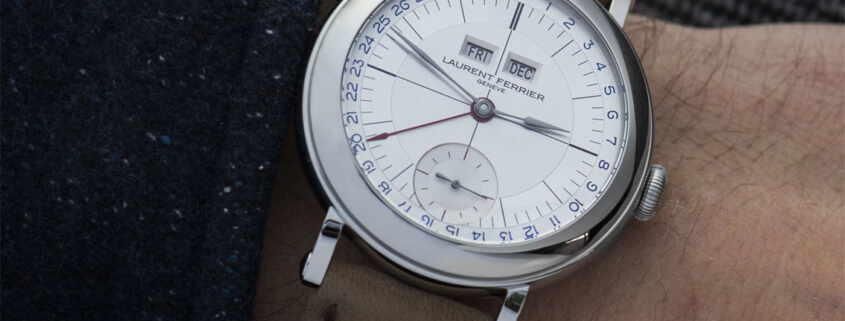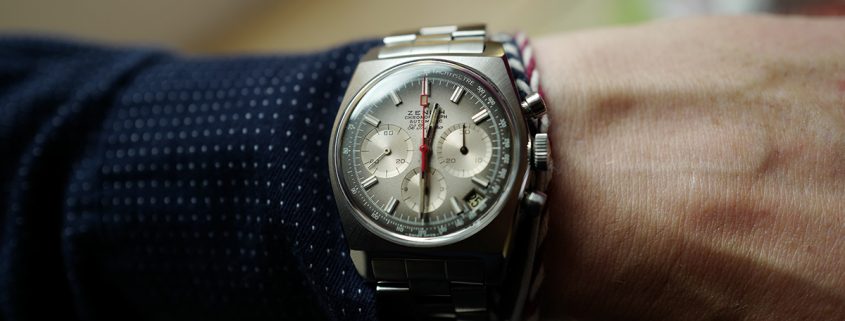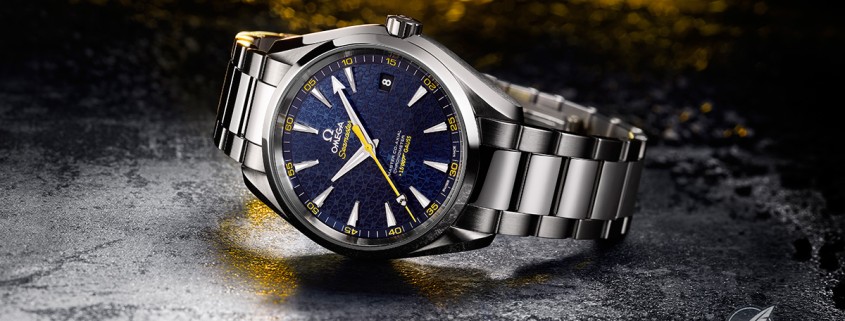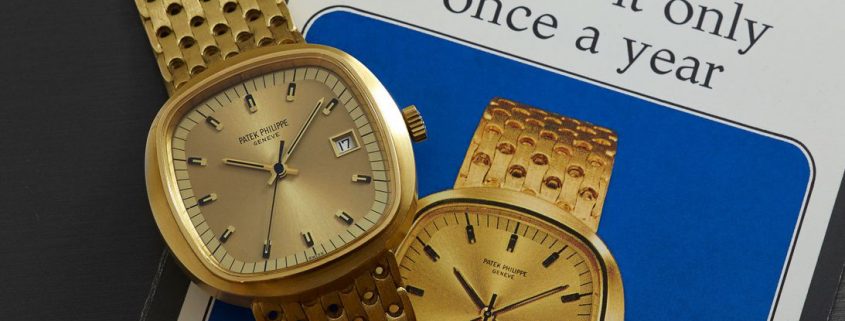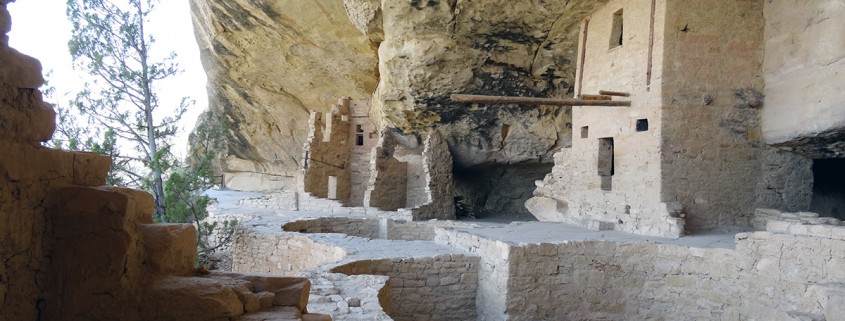A Horological Guide To London – Reprise
London is one of the world’s metropolises that can very easily stand its ground against the others by doing what it does best: being profoundly British. There are plenty of sensational timepieces in London if you know where to look, and in this article Martin Green shares a few of his favorite places.




